The Ultimate Guide To Types Of Hydrangea Trees
Hydrangeas are some of the most popular flowering shrubs in the world, and for good reason. They come in a wide variety of shapes, sizes, and colors, and they can be grown in a variety of climates. If you're thinking about adding hydrangeas to your garden, there are a few things you need to know.
In this blog post, we'll take a look at the different types of hydrangea trees, as well as their care and cultivation. We'll also provide some tips on how to choose the right hydrangea for your garden.
Types of Hydrangea Trees
There are four main types of hydrangea trees: bigleaf hydrangeas, panicle hydrangeas, smooth hydrangeas, and oakleaf hydrangeas.
- Bigleaf hydrangeas (Hydrangea macrophylla) are the most common type of hydrangea. They have large, round flowers that can be blue, pink, or white. Bigleaf hydrangeas are hardy in zones 5-9, and they prefer full sun or partial shade.
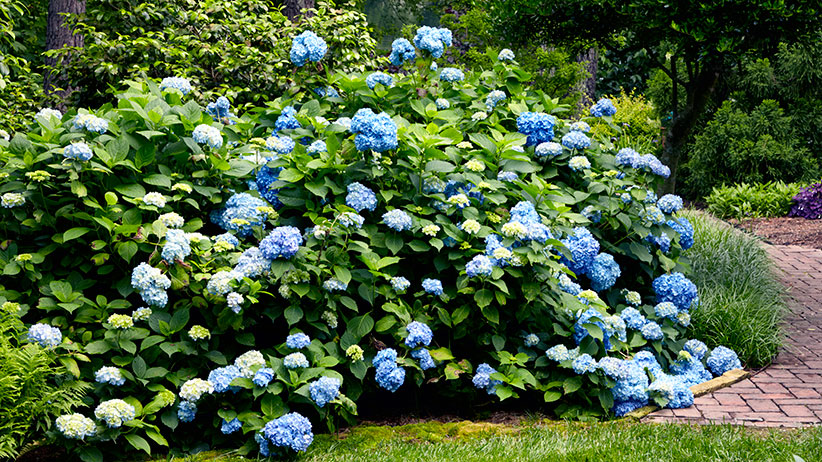
- Panicle hydrangeas (Hydrangea paniculata) are known for their cone-shaped flowers. They can be white, pink, or blue, and they bloom in late summer or early fall. Panicle hydrangeas are hardy in zones 3-8, and they prefer full sun.
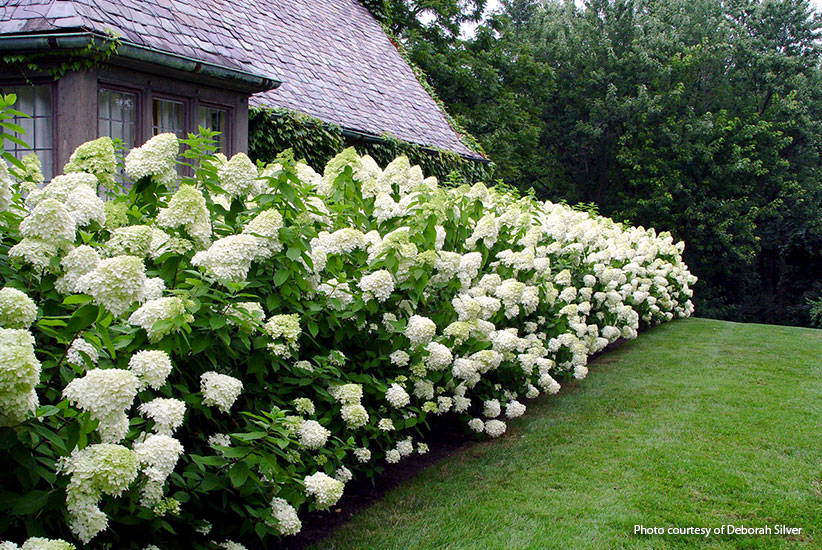
- Smooth hydrangeas (Hydrangea arborescens) are native to North America. They have white flowers that bloom in early summer. Smooth hydrangeas are hardy in zones 3-8, and they prefer full sun or partial shade.

- Oakleaf hydrangeas (Hydrangea quercifolia) have leaves that resemble oak leaves. Their flowers can be white, pink, or blue, and they bloom in late summer or early fall. Oakleaf hydrangeas are hardy in zones 4-8, and they prefer partial shade.
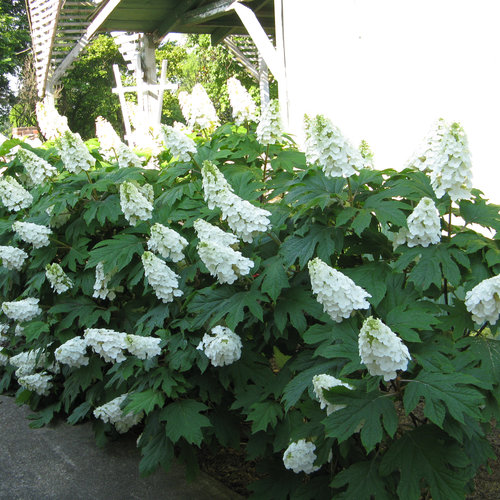
Care and Cultivation
Hydrangeas are relatively easy to care for. They need well-drained soil, and they should be watered regularly. Hydrangeas also benefit from being fertilized in the spring.
The color of hydrangea flowers is affected by the acidity of the soil. In alkaline soils, hydrangea flowers will be blue. In acidic soils, hydrangea flowers will be pink. If you want to change the color of your hydrangea flowers, you can adjust the acidity of the soil.
Choosing the Right Hydrangea for Your Garden
When choosing a hydrangea for your garden, there are a few things to keep in mind. First, consider the size of the hydrangea. Some hydrangeas can grow quite large, so you'll need to make sure you have enough space.
Second, consider the climate in your area. Some hydrangeas are more cold-hardy than others.
Finally, consider the color of the flowers you want. Hydrangeas come in a wide variety of colors, so you're sure to find one that you love.
Conclusion
Hydrangeas are beautiful and versatile plants that can add a touch of elegance to any garden. With a little care, hydrangeas will thrive and provide you with years of enjoyment.
Hydrangea trees are a beautiful addition to any garden, and there are many different types to choose from. If you're not sure which type is right for you, I recommend visiting . This website has a comprehensive list of hydrangea tree types, along with information about their growth habits, flower colors, and hardiness zones.
In addition to providing information about different hydrangea tree types, also offers helpful tips on how to care for these plants. For example, you'll learn how to choose the right location for your hydrangea tree, how to water it properly, and how to fertilize it.
Whether you're a beginner gardener or an experienced horticulturist, is a great resource for learning more about hydrangea trees. So what are you waiting for? Visit the website today and start planning your hydrangea garden!
FAQ of types of hydrangea trees
Q: What are the different types of hydrangea trees?
A: There are many different types of hydrangea trees, but some of the most popular include:
- Panicle hydrangeas: These trees are known for their large, cone-shaped flowers that bloom in summer. They are relatively easy to care for and can grow in a variety of climates.
- Smooth hydrangeas: These trees have smaller, more delicate flowers than panicle hydrangeas. They are also more shade-tolerant, making them a good choice for gardens that don't get a lot of sunlight.
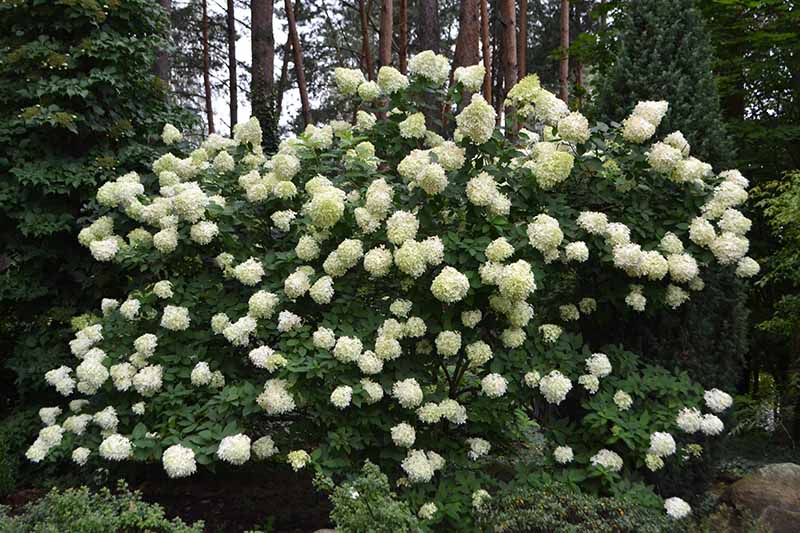
- Mophead hydrangeas: These trees are named for their large, round flower heads that resemble mops. They are a popular choice for gardens because they are relatively easy to care for and come in a variety of colors.
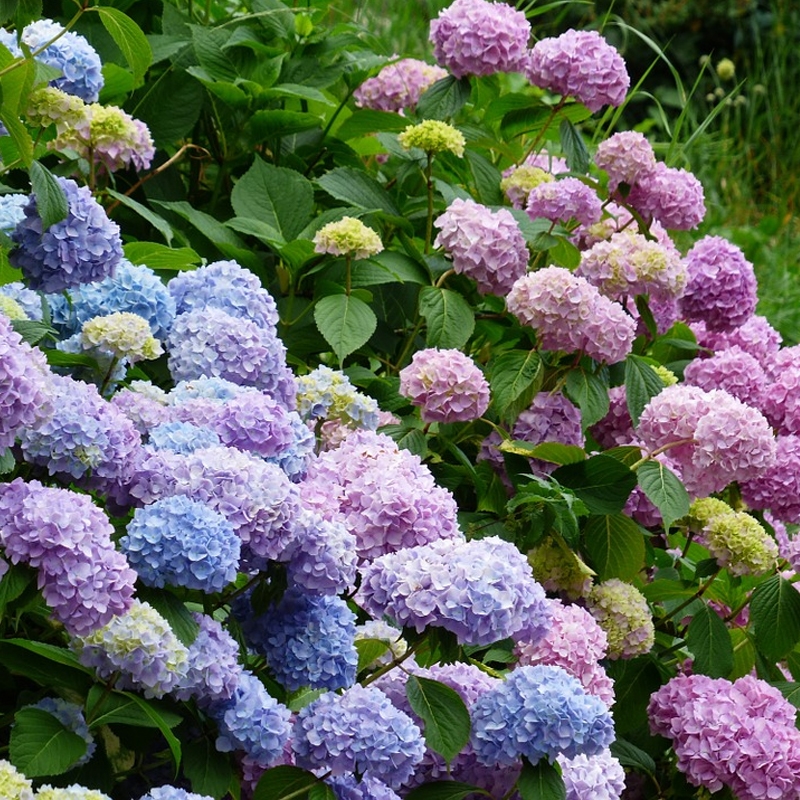
- Tree hydrangeas: These trees are a hybrid of panicle and smooth hydrangeas. They have the large, cone-shaped flowers of panicle hydrangeas, but they are also more shade-tolerant than panicle hydrangeas.
- Deciduous hydrangeas: These trees lose their leaves in the fall. They are a good choice for gardens where you want to enjoy the flowers in summer and the bare branches in winter.

Q: What are the best conditions for growing hydrangea trees?
A: Hydrangea trees need full sun to partial shade and well-drained soil. They are relatively drought-tolerant, but they will do best if they are watered regularly during the summer months.
Q: How do I care for hydrangea trees?
A: Hydrangea trees are relatively easy to care for. Here are some tips:
- Water regularly, especially during the summer months.
- Fertilize in spring with a balanced fertilizer.
- Prune in late winter or early spring.
- Protect from pests and diseases.
Q: What are some common problems with hydrangea trees?
A: Some common problems with hydrangea trees include:
- Leaf spot: This is a fungal disease that can cause leaves to turn yellow and fall off.
- Pests: Hydrangea trees can be susceptible to a variety of pests, including aphids, scale, and spider mites.
- Drought stress: Hydrangea trees can be susceptible to drought stress if they are not watered regularly.
Q: How do I change the color of my hydrangea flowers?
A: The color of hydrangea flowers is affected by the pH of the soil. In acidic soil, hydrangea flowers will be blue or purple. In alkaline soil, hydrangea flowers will be pink or red. You can change the color of your hydrangea flowers by adjusting the pH of the soil.
Image of types of hydrangea trees
5 different images of "types of hydrangea trees" from Pinterest:
- Hydrangea paniculata is a large, upright shrub or small tree that can grow up to 15 feet tall. It has large, conical flowers that bloom in white, pink, or blue.
- Hydrangea arborescens is a smaller shrub that grows up to 6 feet tall. It has lacecap flowers that bloom in white, pink, or blue.
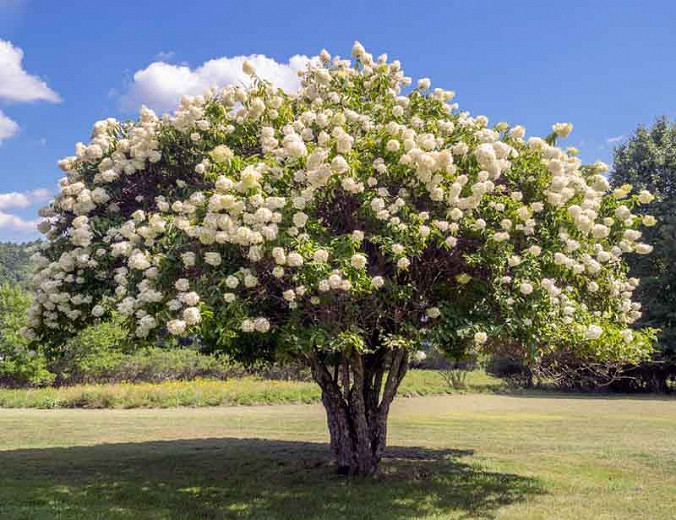
- Hydrangea quercifolia is a deciduous shrub that grows up to 10 feet tall. It has large, oak-shaped leaves and lacecap flowers that bloom in white, pink, or blue.
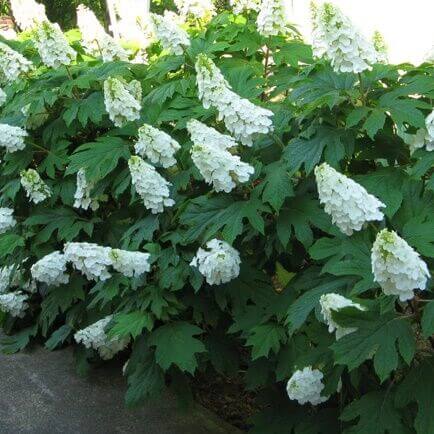
- Hydrangea macrophylla is a large, rounded shrub that grows up to 6 feet tall. It has large, mophead flowers that bloom in white, pink, blue, or purple.

- Hydrangea serrata is a small shrub that grows up to 4 feet tall. It has small, cup-shaped flowers that bloom in white, pink, or blue.
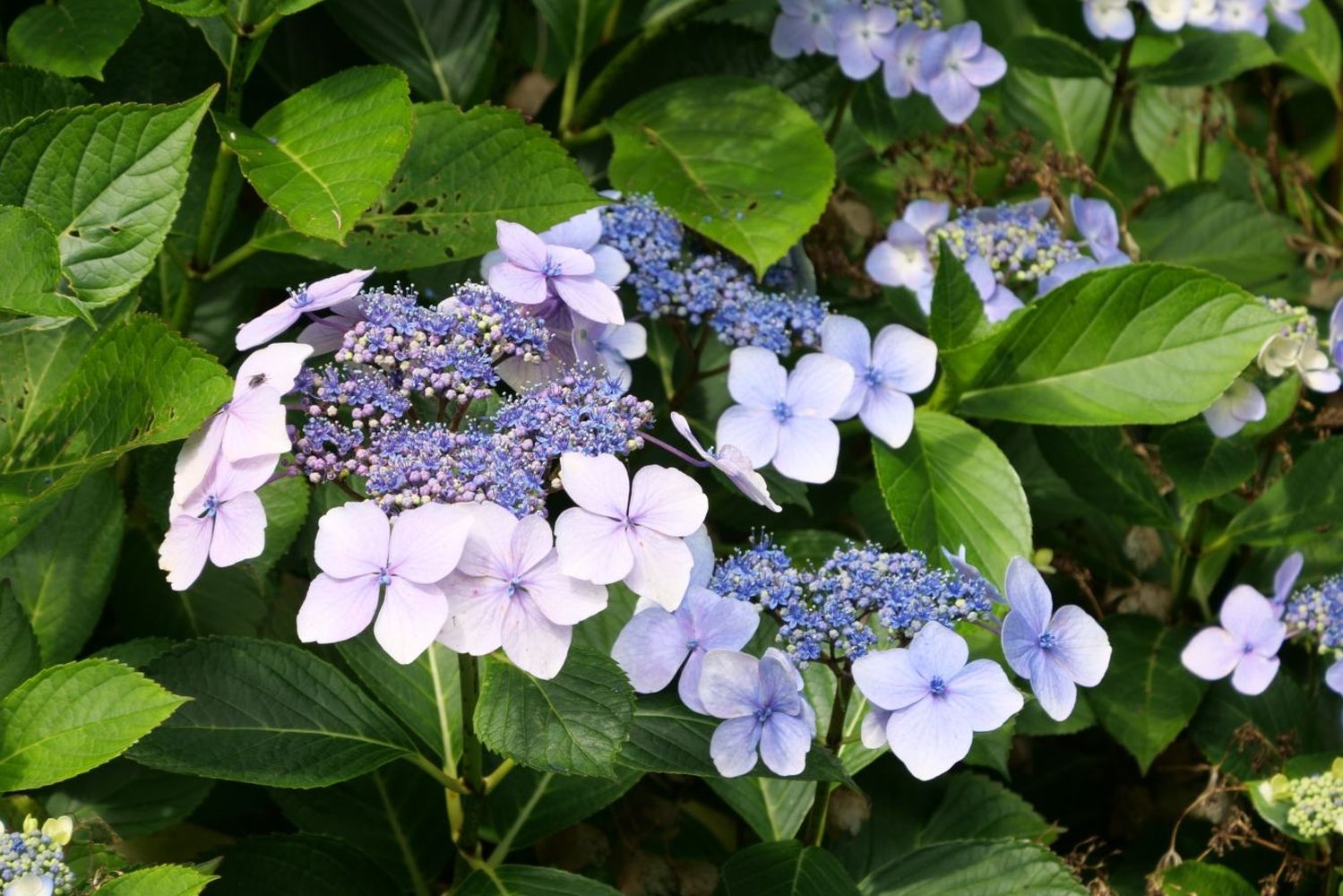
Post a Comment for "The Ultimate Guide To Types Of Hydrangea Trees"